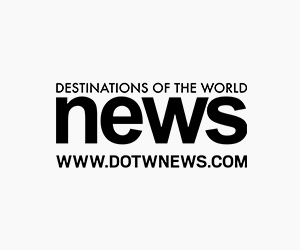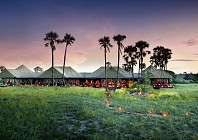The lion’s hollow roar carries across the savannah. A hippo grunts like a grumpy colonel. In the deepest darkness of night, the calls of the wild are amplified, disorientating, unnerving. They sound so close, but I can’t see past a net canopy framing my bed. I lay still. Chances are, these chaps are minding their own business, foraging around the camp, which is not unusual. This is their turf, after all.

My weeklong journey is set to the backdrop of three luxury eco-lodges: Wilderness Chitabe, Wilderness DumaTau and Wilderness Vumbura Plains. Like other camps and lodges within the depths of the Okavango Delta, they can only be reached by air, which is a blessing. Protecting and preserving the region’s delicate biodiversity is paramount, and it’s reassuring to know that conservation initiatives are well in place here. In 2010, a law was passed prohibiting the use of cement to build safari camps. They have to be moveable to allow vegetation to grow back, which is why they are built on raised wooden platforms. It also allows wildlife to roam and graze freely without any man-made obstacles in their path.

My alarm rings at 4:30 am. It’s time to get ready for the morning game drive. Despite a lack of sleep, the scenario unfolding before me is too good to miss. Through wall-to-wall mesh screens, shades of first light morph into a palette of purple, lilac, salmon, peach and ochre. The rising sun and its aura are mirrored on the glassy lagoon just a few yards away. A chorus of birds heralds a new day in this remote realm shaped by nature, unsullied by man.
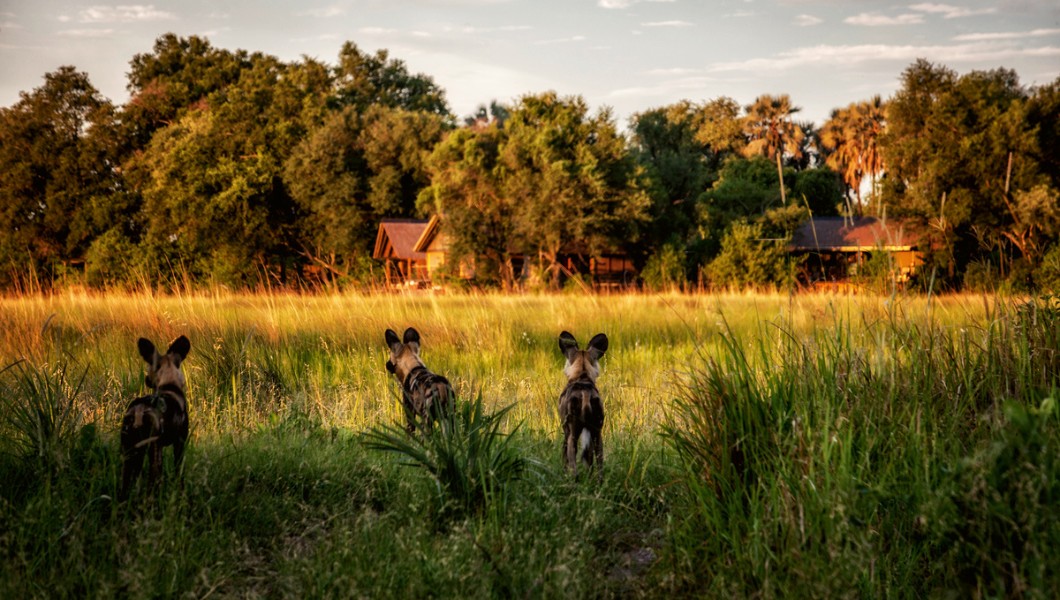
An hour later, my guide from Wilderness DumaTau, BK (short for Boikobo Chinyepi), is already waiting by the Toyota Land Cruiser, a beast of a vehicle adapted to bulldoze through all manner of terrain. Soon, we’re cruising along in search of wildlife action, bouncing over undulating sandy tracks one minute, then off-roading through tall brittle grass and dodging tree branches the next. We encounter shy impalas, gentle giraffes, red lechwe, herds of elephants, spotted hyenas and wary warthogs.
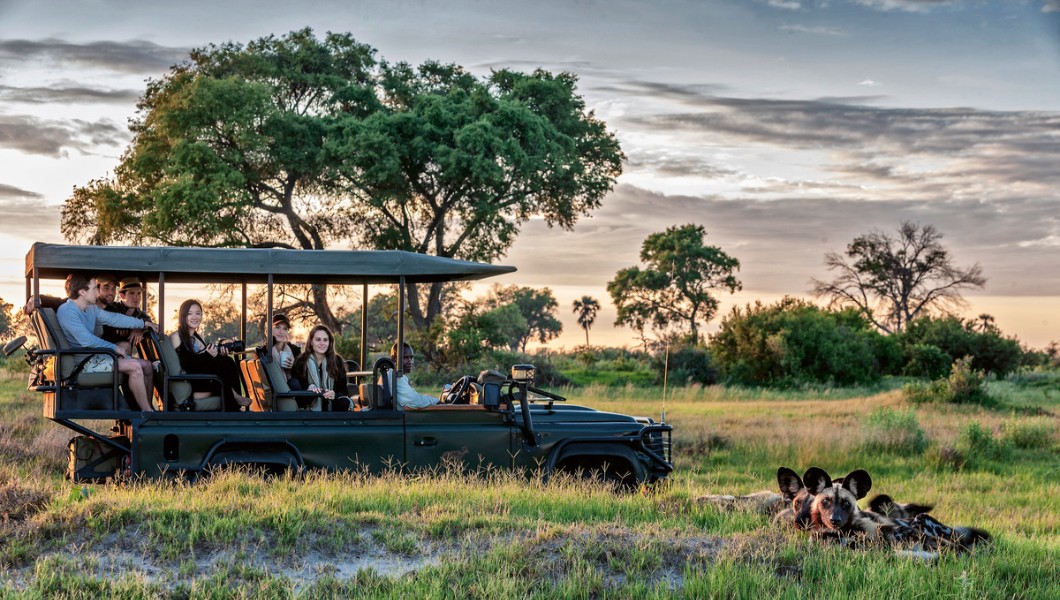
Hanging out with the exceptionally skilled and knowledgeable Wilderness guides for several days is like taking a crash course in zoology and ornithology. While observing a pride of lions and cubs, BK gives us the scoop on the rivalry between two male lion coalitions – the ‘Channel Boys’ who frequent the river, versus the ‘Army Boys’ who outnumber them.
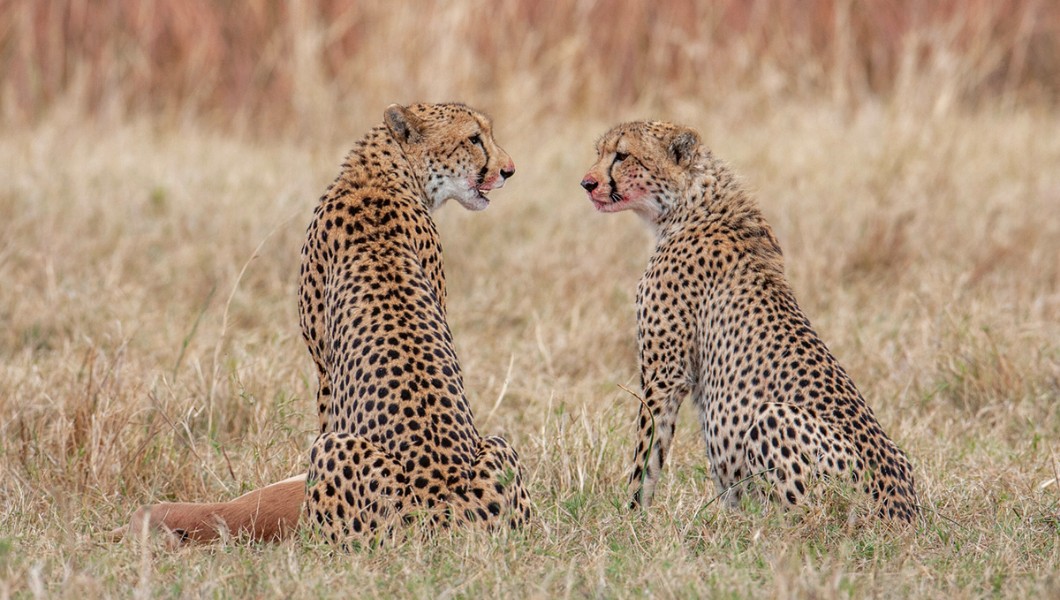
Our guides are expert trackers, their eyesight as sharp as an eagle’s. Two days ago, our Wilderness Chitabe guide, Phinley, pointed to the top of a tree: “That’s a Marabou Stork or ‘Undertaker’ bird, so called for their long, black cloak-like feathers and bald head. This type of stork flies with its neck tucked in, and they poop on their legs to keep them cool,” he explained with a purposeful look. Each and every game drive brings unexpected surprises, such as witnessing at close range a pair of leopards mating.

A MIRACLE OF NATURE
Watching wildlife in their natural habitat is hard to beat, even in often uncomfortably high temperatures, and the varied landscapes in this pristine wilderness are just as riveting. Spread across grasslands are hundreds of giant termite hills resembling stuppas or temples. These tiny but clever architects build a habitat that can survive up to 125 years or more, contributing to the Delta’s diverse ecosystem, while also serving as a refuge and watchtower for both predators and prey.
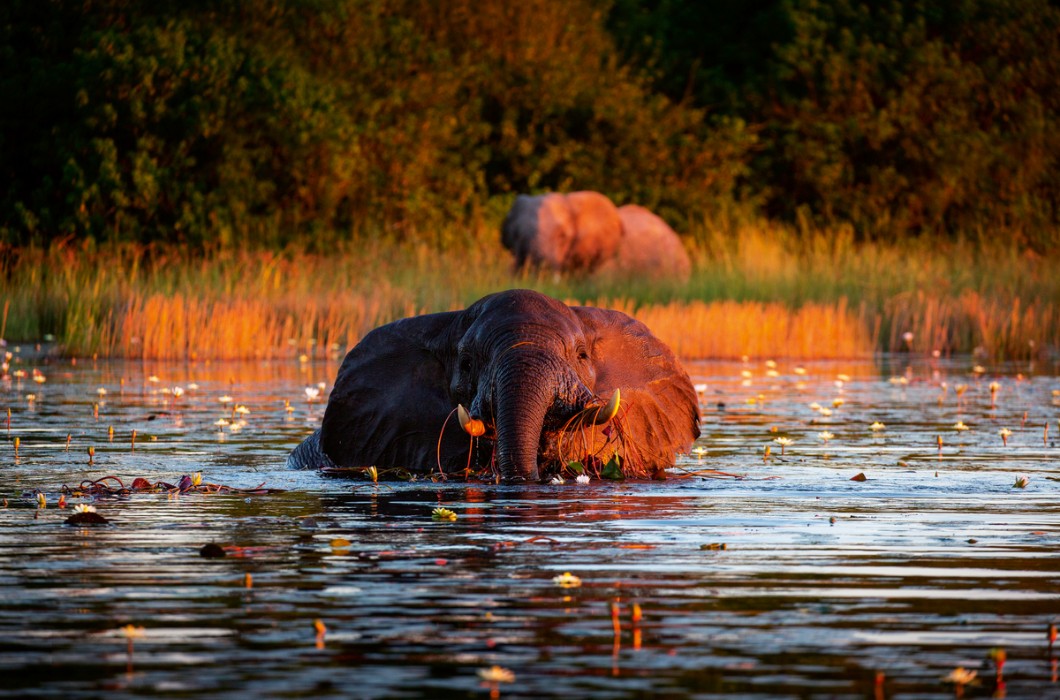
The Delta itself is as flat as a pancake, but viewing it from the air reveals an ever-changing terrain punctuated by swathes of flood plains, some resembling reticulated patterns on giraffes, long snaking rivers and criss-crossing elephant pathways. The Delta is fed by trillions of gallons of water cascading from the Angolan highlands, which gradually funnel their way through Namibia, the Okavango River and into the panhandle during Botswana’s dry winter months. This annual flooding sweeps across 15,000 square kilometres of the Kalahari Desert’s sandy basin, a tectonic trough that replenishes a network of waterways – channels, lakes, grasslands, savannahs, even holes dug by industrious elephants.
But unlike typical deltas, the Okavango’s waters do not empty into the sea or ocean, making it one of the largest inland or endorheic deltas in the world. Instead, these waters recede and evaporate as temperatures rise. This life-giving force and its seasonal rhythms attract and nurture an abundance of wildlife.

The Okavango Delta is one of Africa’s Seven Natural Wonders and a UNESCO World Heritage site. But life in this idyllic oasis is not without its challenges and threats. Unusually low levels of flooding in 2022 and 2023 is a concern for villagers who rely primarily on farming and fishing for their livelihood. In addition, around 150,000 human inhabitants share space with the planet’s largest population of free-roaming elephants, estimated at nearly 130,000. These giants depend on the region’s waterways, mopane forests and grasslands for their survival. But when water and food sources are scarce, they end up wandering into and destroying crops cultivated by local farmers, resulting in conflicts between man and beast.
CAUSE FOR CLAWS
A short helicopter ride takes my group to the remote village of Eretsha, one of five settlements on the Delta and home of the Hambukushu tribe. Villagers welcome us with traditional songs and dance rituals, then later demonstrate their farming techniques. A village elder, 82-year-old Daniel Skunga, recounts how he narrowly escaped an elephant attack by lying on the ground and pretending to be dead. This is a typical example of the dangers villagers, in particular farmers, have to deal with on a daily basis.

“On average, one person is killed by elephants every year and around 25 elephants are killed by people in self-defence or to control ‘problem animals’ entering their fields and eating their crops,” reports Ecoexist, a conservation NGO helping to reduce conflict and foster coexistence between elephants and people. Programmes they have adopted include ‘Elephant Aware Farming’, whereby crops are cultivated outside elephant corridors, allowing their safe passage while providing ‘passive’ protection for arable land. Among other initiatives, the ‘Elephant Economy’ supports livelihoods by buying crop yields from farmers for a higher price than the government pays. Surplus millet is sold to the Okavango Craft Brewery in Maun, which supplies beer to safari lodges in the Okavango Delta. There’s also an ‘Elephant Express’ bus service, which transports villagers safely within elephant corridors.
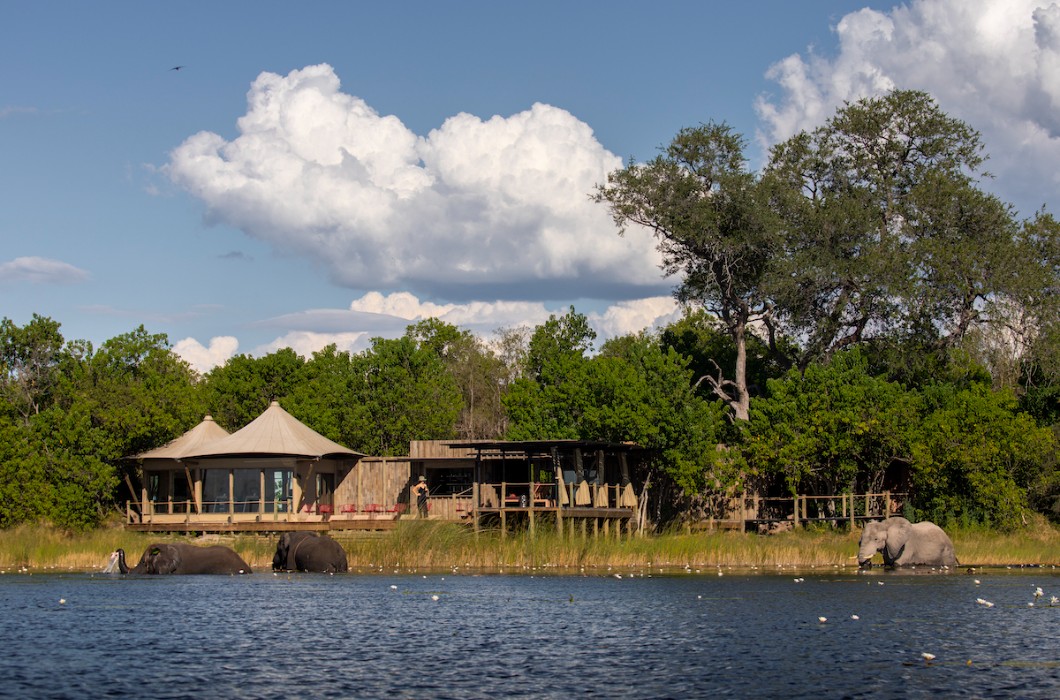
‘The helicopter lands us on an open field where more than a hundred cattle are enclosed in a circular corral or ‘boma’. Here, we learn how CLAWS (Communities Living Among Wildlife Sustainably) is working with villagers and partners to promote human-carnivore coexistence and support farmers’ livelihood through sustainable projects. Kelly (Kelebogile Motshoi), a CLAWS eco-ranger, greets us with the traditional Botswana-style handshake. She talks about the goals of the Communal Herding Programme, one of which is to keep the cattle healthy and safe from predation, as well as her role in managing the field-based quarantine enclosure.
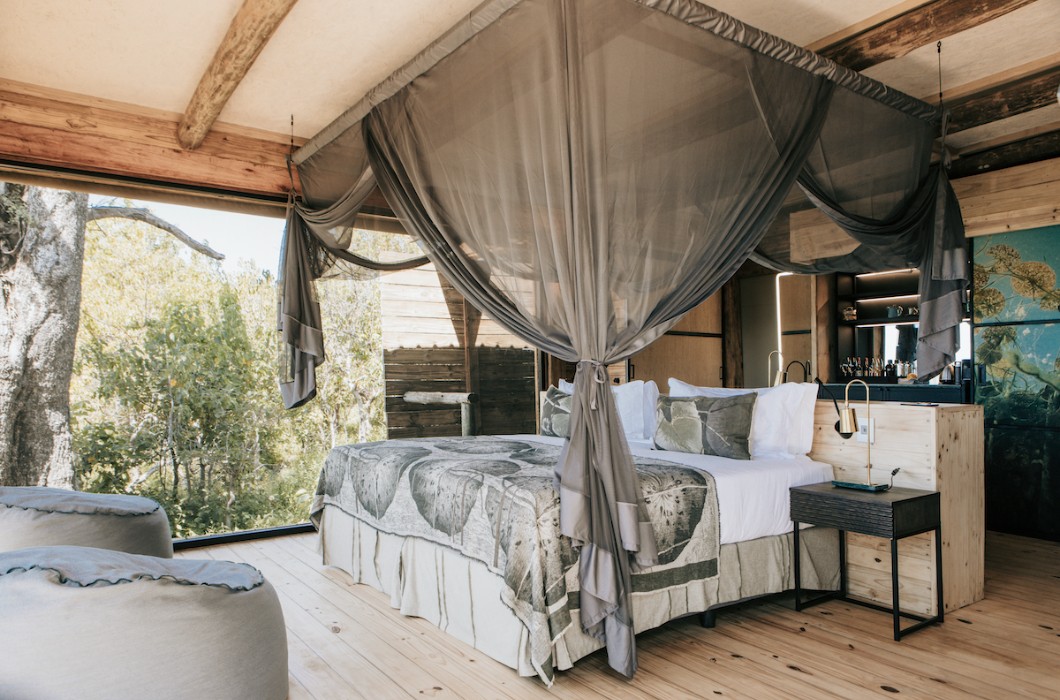
We move aside as herders let the cattle out of the boma in single file. Kelly explains the ‘Herding 4 Health’ initiative to restore rangelands damaged from overgrazing by regularly relocating bomas to fresher pastures. Healthier cattle and higher yields enable farmers to convert wildlife-friendly beef into income by selling them at premium prices to various markets, primarily safari lodges around the Delta. But it’s not just the cattle that need protecting. “In the last 25 years, over 50 percent of African lions have disappeared due to conflict with people,” CLAWS reports. Farmers have lost a great number of livestock to lions too, but deterrents such as poison do not resolve the issue and have far-reaching consequences for other wildlife.
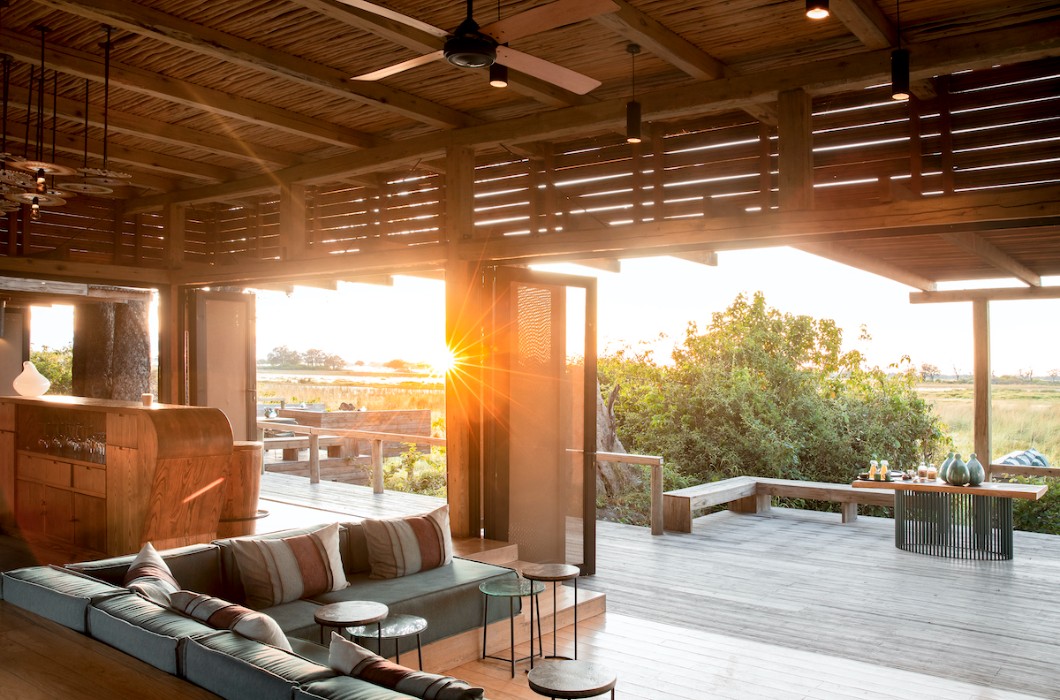
A milestone for CLAWS is the development of the ‘‘Lion Alert System’, a digital device that triggers a warning when collared lions enter virtual geofences – one with a 5km radius from the village centre and another with a 3km radius from the cattle post. These signals alert villagers by sending real-time messages to their cell phones. In addition, Wilderness is providing three tracking experts to monitor and collar more lions. Since 2019, over 20,000 alerts have been reported and conflicts have reduced by 50 per cent. And there are plans to form patrol groups that can be deployed at night when lions are actively hunting in the area.
PARTNERS IN CONSERVATION
Wilderness has been in the conservation and hospitality business for four decades, managing a portfolio of over 60 luxury eco-camps and lodges across eight countries. The company’s respect for the environment is evident within each ultra-luxurious setting, where stringent sustainable methods include 100 per cent solar energy, air-conditioning, eco-friendly detergents, waste disposal, water filtration and refillable water flasks

The Okavango Delta is one of Africa’s Seven Natural Wonders and a UNESCO World Heritage site. But life in this idyllic oasis is not without its challenges and threats.
But its positive impact goes beyond camps and concessions, reaching further into larger regions, entire countries and globally. So far, the brand’s sphere of influence covers some 2.3 million hectares of exclusive protected wilderness, and the goal is to double this area by 2030 and continue doubling in decades to come. “We’ve taken our responsibility to protect wild places seriously, never losing sight of the fact that there would be no Wilderness without the wilderness that we help to protect through high-value, low-impact conservation tourism,” says Vince Shacks, group impact manager at Wilderness.
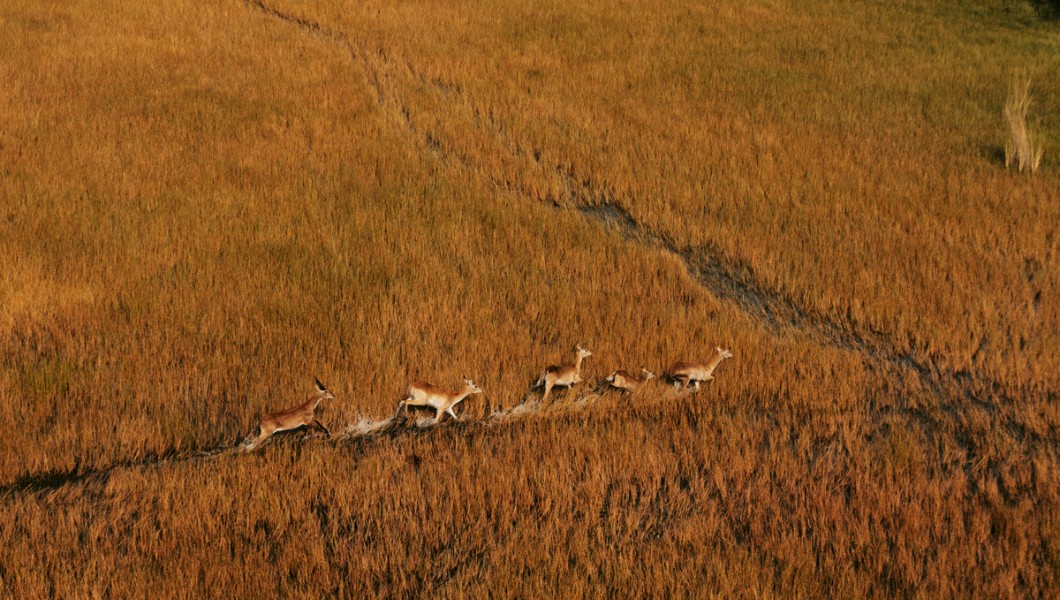
It’s time to leave the Okavango Delta behind. As the aircraft flies high over this magnificent expanse, I reflect on the past six days spent immersed in the spectacle of untamed landscapes and wildlife, some disturbing, others magical and humbling – elephants crossing lagoons, a hungry cheetah hunting to feed its cubs, a baboon raiding my fridge, skeletons of prey, dense papyrus beds along the Ngoga River. Meeting Hambukushu villagers, learning about solutions to human-wildlife conflicts and Wilderness’ unwavering role in conservation economies and initiatives that empower communities made this rare experience truly extraordinary.

Saying goodbye to staff members who treated me like a family member isn’t easy. I already miss our clever guides, passionate guardians of this unrivalled oasis. There are other problems to tackle, but I feel hopeful that with continuing collaboration between NGOs, communities, sponsors, Wilderness and governments, the rhythm of life in this priceless jewel of southern Africa is in safe hands.
WILDERNESS
www.wildernessdestinations.com
CLAWS
www.clawsbotswana.org
ECOEXIST PROJECT
www.ecoexistproject.org





